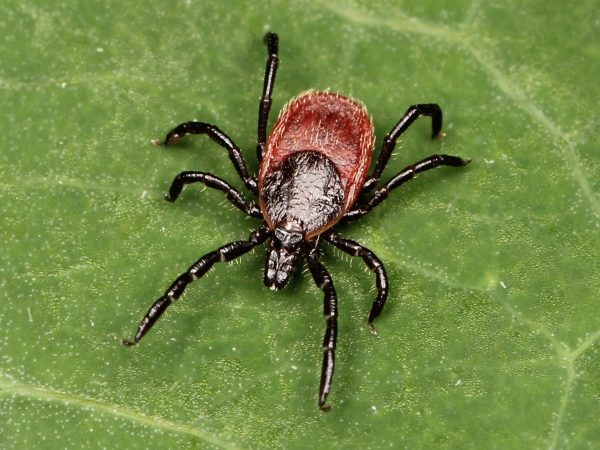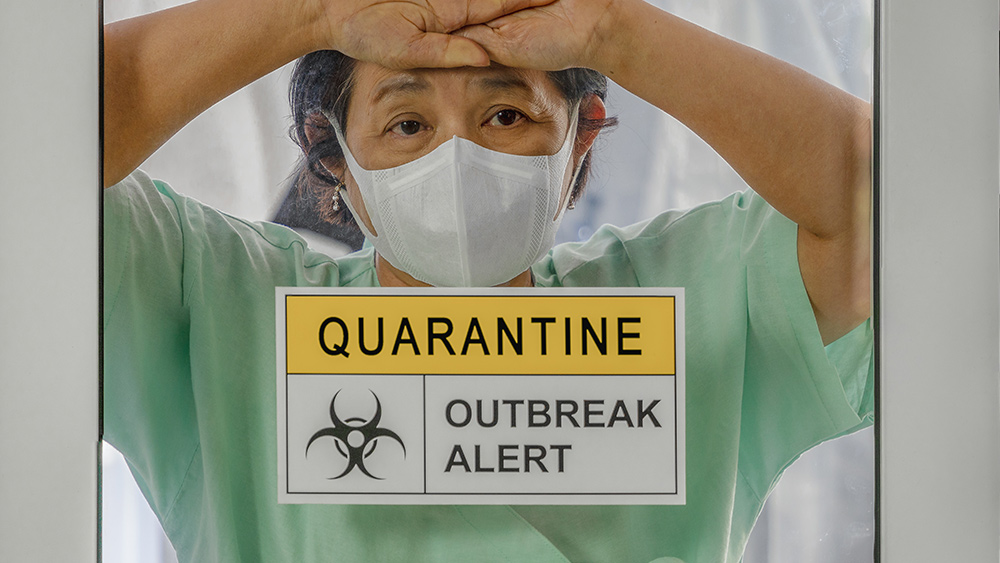
- Babesiosis, a potentially fatal tick-borne disease, is spreading beyond New England into the Mid-Atlantic (e.g., Maryland, Virginia, Delaware), driven by the shifts in climate, reforestation and growing deer populations.
- The Babesia microti parasite, transmitted by deer ticks, has now reached as far south as Virginia and West Virginia. Unlike Lyme disease, it attacks red blood cells, causing severe anemia or organ failure if untreated.
- Warmer winters, increased rainfall, suburban sprawl and booming deer populations are enabling ticks to thrive and expand into new regions, with many also carrying Lyme disease.
- The Delmarva Peninsula and Baltimore metro area report rising cases, with infections increasing from zero in the early 2010s to seven annually in 2022–2023.
- Many doctors outside New England misdiagnose babesiosis (symptoms mimic the flu), and antiparasitic drugs are often overlooked. Prevention includes tick checks, repellents and early testing after bites. Public health action is urgently needed.
A looming healthcare crisis
The biggest challenge is that most physicians outside New England have never encountered babesiosis and don't know to test for it. Early symptoms often resemble the flu or even heart failure in elderly patients, leading to misdiagnosis. Standard antibiotics won't work; antiparasitic drugs are required, yet many doctors remain unaware of this critical distinction. Underreporting is another concern, as many cases likely go undetected, masking the true threat. Researchers warn that without better surveillance and physician education, preventable deaths will rise. To reduce risk, experts recommend using bug repellents when entering wooded or grassy areas. After outdoor activities, thorough tick checks are essential. If bitten, saving the tick for identification can help doctors assess the risk. Most importantly, anyone experiencing flu-like symptoms after a tick bite should demand testing. Early detection is crucial. Babesiosis is no longer a distant Northeastern concern — it's here, and it's spreading. As the changes in weather reshape ecosystems and human activity intersects with wildlife, public health officials must act swiftly to prevent a silent epidemic. Watch and learn about the safe and natural ways to handle ticks and mosquitoes. This video is from the Natural News channel on Brighteon.com.More related stories:
SHTF pest control hacks for lice, mosquitoes and ticks. Repel ticks with this natural oil. Ticks carrying Lyme disease thrive near California coast, study finds. More than just Lyme: Ticks carry a collection of pathogens. Disease-carrying deer ticks in Pennsylvania park can spread potentially fatal neurological virus, warn experts. Sources include: Studyfinds.org Theweek.com Smithsonianmag.com Brighteon.comAncient underwater city near Noah’s Ark resting place challenges biblical timeline
By Kevin Hughes // Share
The War on Light: How Governments and Big Pharma Keep You Sick By Blocking Healing Photons
By Mike Adams // Share
Alcohol triggers deadly pancreatic cancer by reprogramming cells, study warns
By Cassie B. // Share
Rabies scare at Grand Teton National Park ignites conversations about over-vaccination in pets
By Willow Tohi // Share
China’s heavy-handed response to chikungunya outbreak raises alarms
By Ava Grace // Share
A viral video ignites federal firestorm over Minnesota fraud
By willowt // Share
Russia activates "unstoppable" Poseidon tsunami drone
By kevinhughes // Share
Russian FM Lavrov: Moscow will back China on Taiwan issue
By ramontomeydw // Share
The breakfast clock: Why timing your morning meal is a secret weapon against high cholesterol
By jacobthomas // Share
The Health Ranger's New Year Revolution: The ultimate guide to health, wealth and freedom
By kevinhughes // Share
"Absolute Healing" on BrightU: Experts explore COVID-19 as an engineered bioweapon
By jacobthomas // Share











